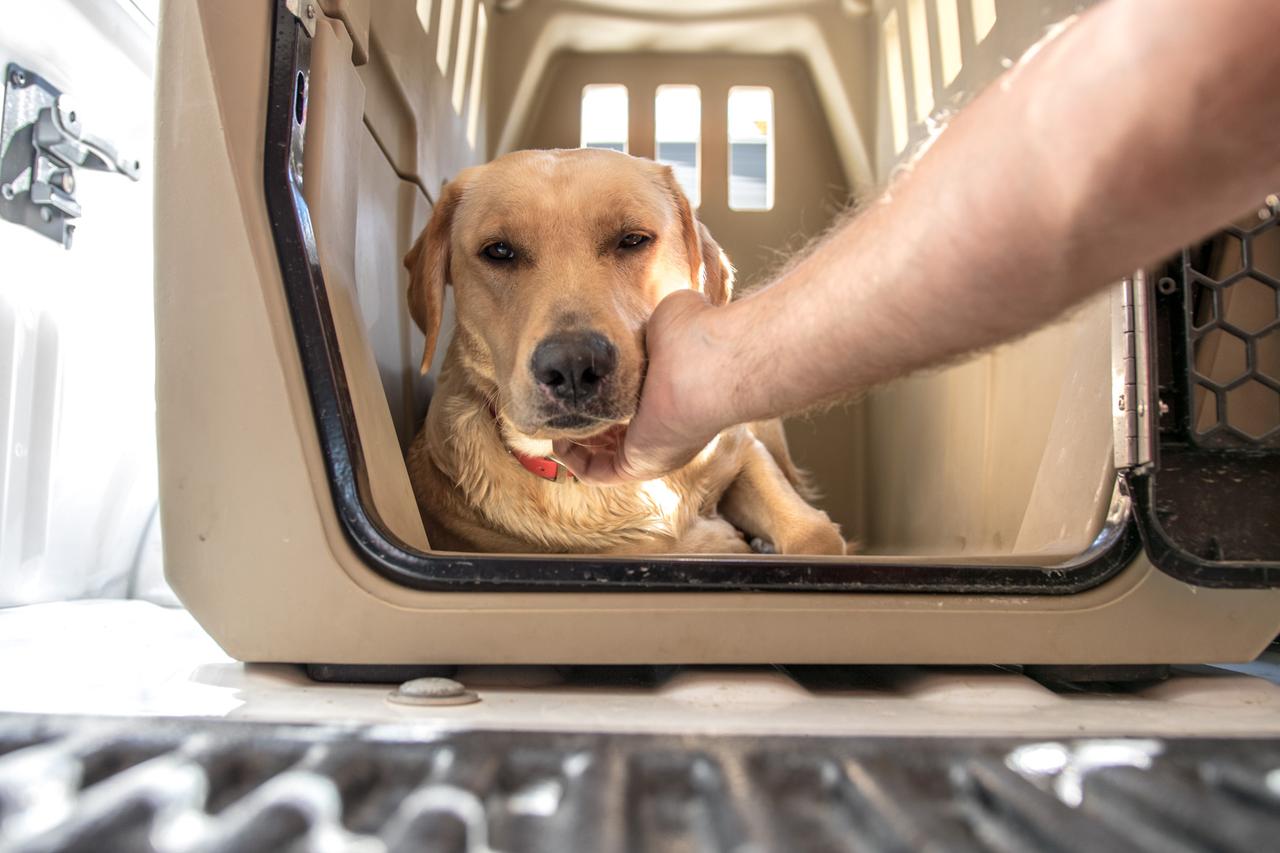
Understanding Canine Influenza
Posted by The SportDOG StaffIf you have been watching the news lately or reading metropolitan newspapers, you may have noticed articles about a “new” flu outbreak in dogs. In some sections of the country, veterinarians are reporting a near-panic situation around this canine flu news. Here are the facts.
Canine Influenza Virus is a relatively new germ in dogs. It was first reported in greyhounds in 2004 where it caused a significant respiratory disease at several tracks. Eventually, the virus was isolated at Cornell from a dog that had died from the condition. Since that time, it has been reported in Florida and possibly other states.
Like any new germ, the clinical signs vary from case to case and almost any dog is susceptible since they would have minimal immunity to the new virus. Typically, dogs have a hacking cough for two to three weeks that generally fails to respond to treatment. Some cases lead to secondary infection from bacteria and have a pus-like drainage from the nose. Dogs with this type of nasal discharge do respond to antibiotic treatment in most cases. These dogs often run a high temperature (104 to 106 degrees F). Some dogs develop a serious pneumonia which can prove fatal, but researchers estimate these cases to be less than five percent of the total infections.
In individual dogs, it may be difficult to distinguish this condition from typical Kennel Cough, but in large kennels, the diagnosis may be more direct. Since most dogs are susceptible, as many as 100 percent of the dogs in the kennel can be affected with as many as 75 percent becoming clinically ill. The incubation period is quite short, two to five days.
Positive diagnosis requires multiple blood samples submitted to a laboratory, usually Cornell University’s Animal health Diagnostic Center. Typical swabs of the rear of the mouth, nose and even the trachea have not been successful in isolating the virus.
Keep in mind that there are many causes of upper respiratory disease in the hunting dog. Owners and trainers should be cautious about assuming that dogs showing the signs of coughing, nasal discharge and fever have Canine Influenza.
The kennel veterinarian can provide a diagnostic work-up to insure accuracy of diagnosis and treatment. Congregations of dogs, like at a field trial or hunt test, can increase exposure to many viral agents, including Canine Influenza.
To my knowledge, this condition has not been reported in field trial or hunting dogs at this time. However, Internet chat rooms are reporting, accurately or not, that the virus has spread to the general pet population. Owners and trainers need to be aware of Canine Influenza and present cases of upper respiratory disease to the kennel veterinarian promptly.
Always check your local and state regulations related to dog training and the use of game birds on private and public property.
Related Articles

Understanding Hunting Dog Ear Infections
by The SportDOG Staff
Most hunting dog breeds have flop ears. This drooping ear flap contributes to a high incidence of ear infections because it decreases air circulation and traps bacteria, fungi and debris in the ear. The flop ear also makes it slightly more difficult for the owner to see ear problems promptly. Contributing...
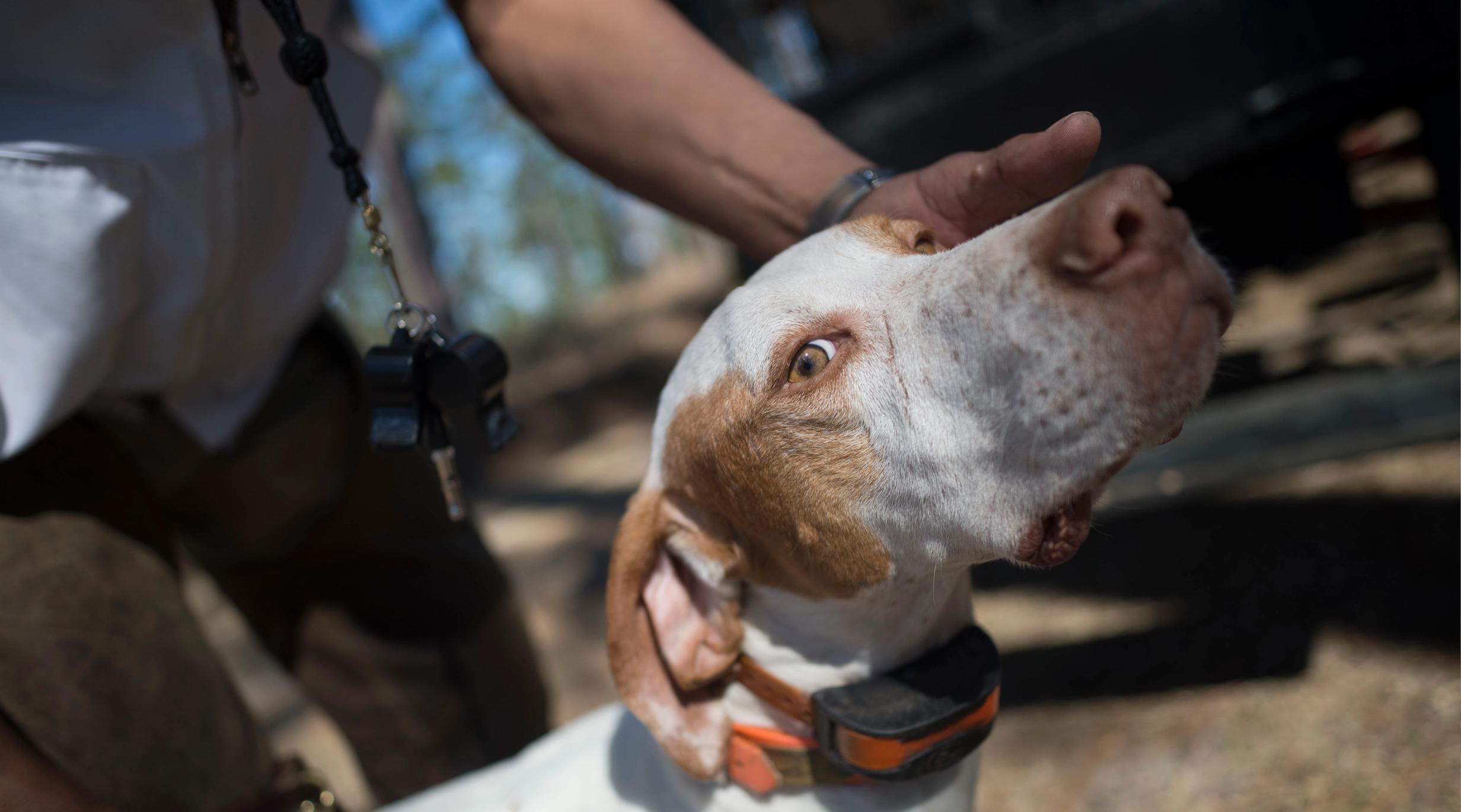
Dealing with Hunting Dog Injuries
by The SportDOG Staff
Cuts are common in hunting dogs. Briars, barbed-wire, broken glass, or even sharp broken saplings can slice a dog’s skin as it hunts. Appropriate field care of wounds can decrease healing time and make the veterinarian’s job much easier. Remember the watchwords: flush, fill and wrap. Flushing Fresh cuts may look quite...

Footcare for Your Hunting Dog - Video
by The SportDOG Staff
In this SportDOG Brand Training Tip (originally aired on Pheasants Forever Television) Dr. Joe Spoo,DVM discusses the best way to care for your hunting dogs feet by trimming the nails and the use of boots.
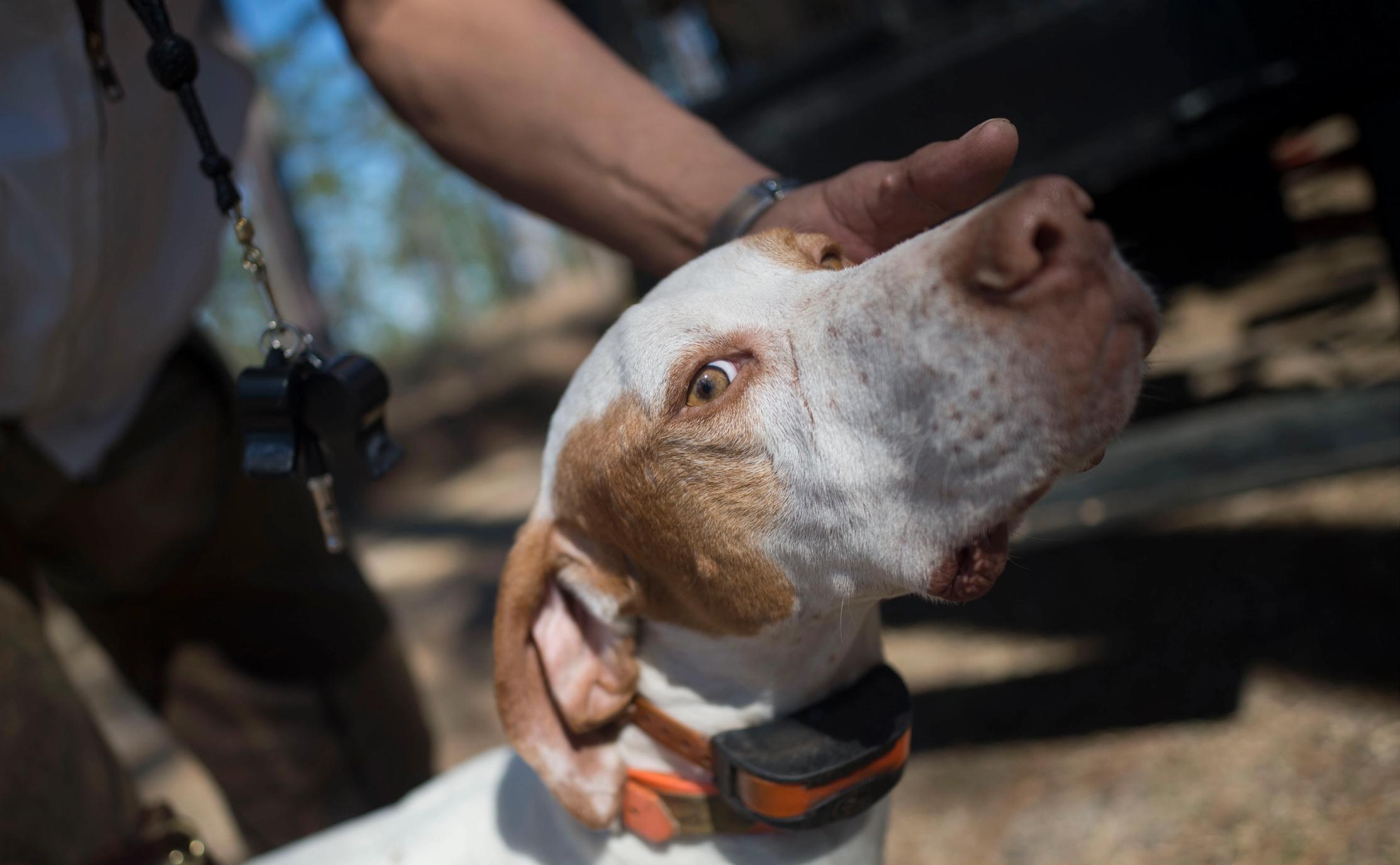
Hunting Dogs Eyecare - Video
by The SportDOG Staff
In this SportDOG Brand Training Tip (originally aired on Pheasants Forever Television), Dr. Joe Spoo,DVM explains the correct way to care for your hunting dog's eyes. Gun dogs are exposed to various irritants in the field. Proper examination and rinsing techniques help your pup continue to perform at his best...
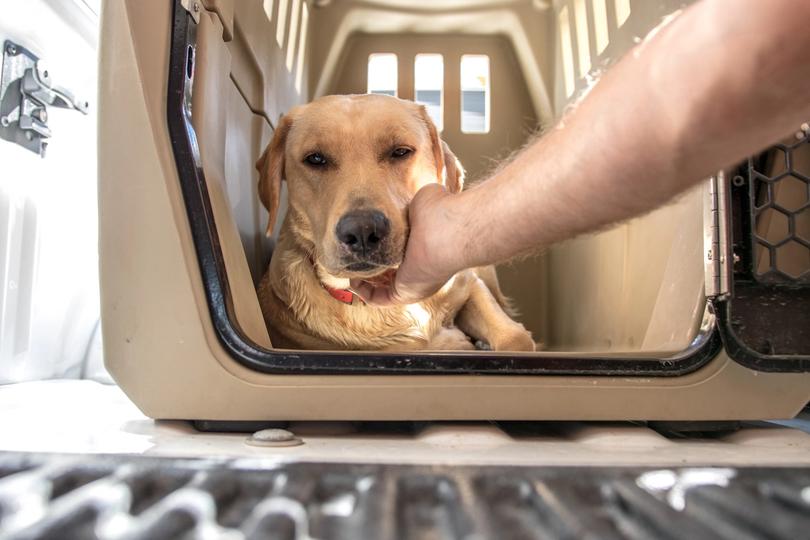
Wound Care for Your Hunting Dog - Video
by The SportDOG Staff
In this SportDOG Brand Training Tip (originally aired on Pheasants Forever TV) Dr. Joe Spoo, DVM discusses the best way to care for your hunting dog's wounds. Dog injuries in the field are common in the sport, and can be effectively managed with a few simple tips.
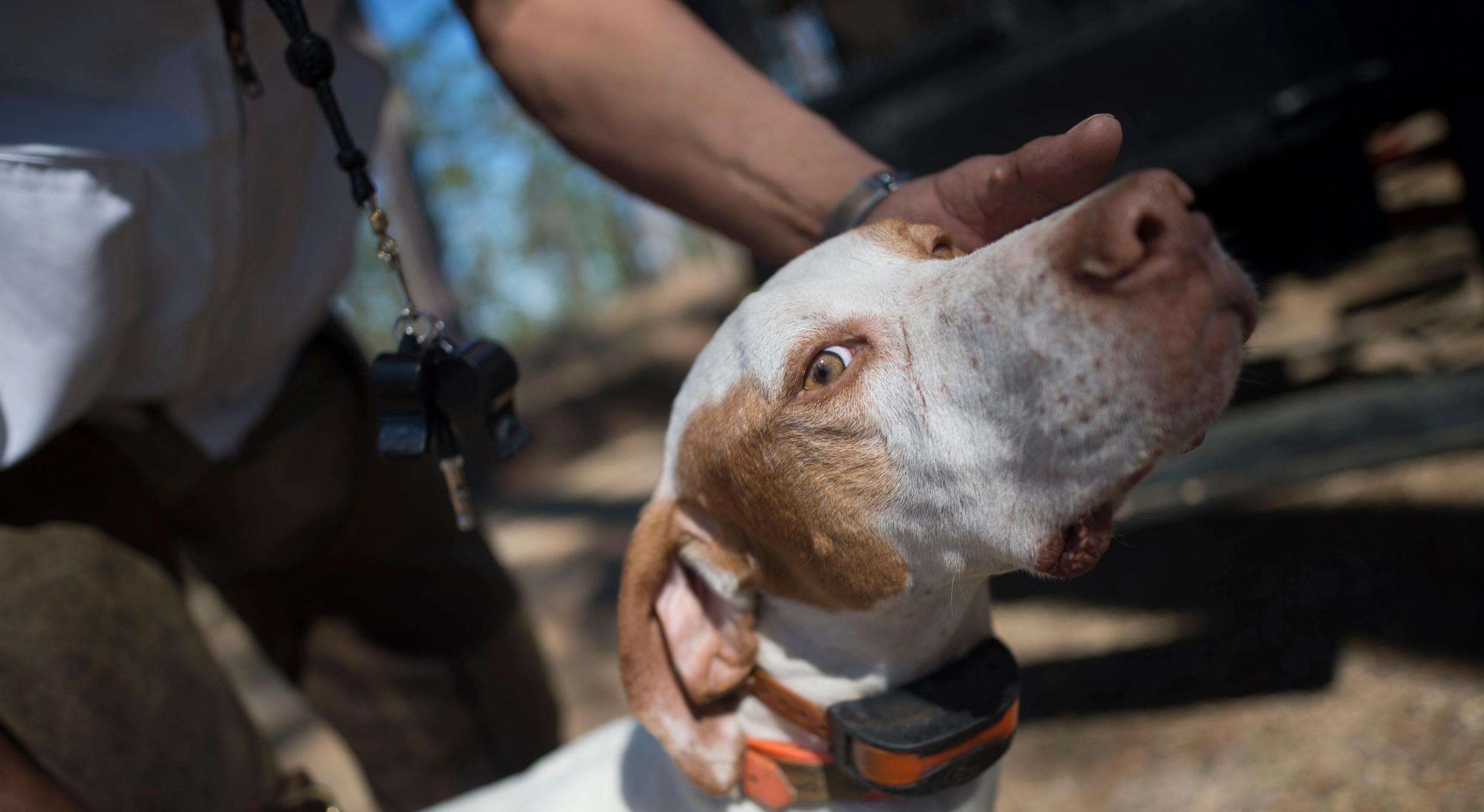
Quick Gun Dog Eye Exam - Video
by The SportDOG Staff
In this SportDOG Training Tip, (originally aired on Pheasants Forever Television) Dr. Joe Spoo, DVM discusses quick ways to examine the overall health of your hunting dog. This tailgate exam can help your gun dog avoid serious injury later. Checking your dog for symptoms or problems is an important part...
